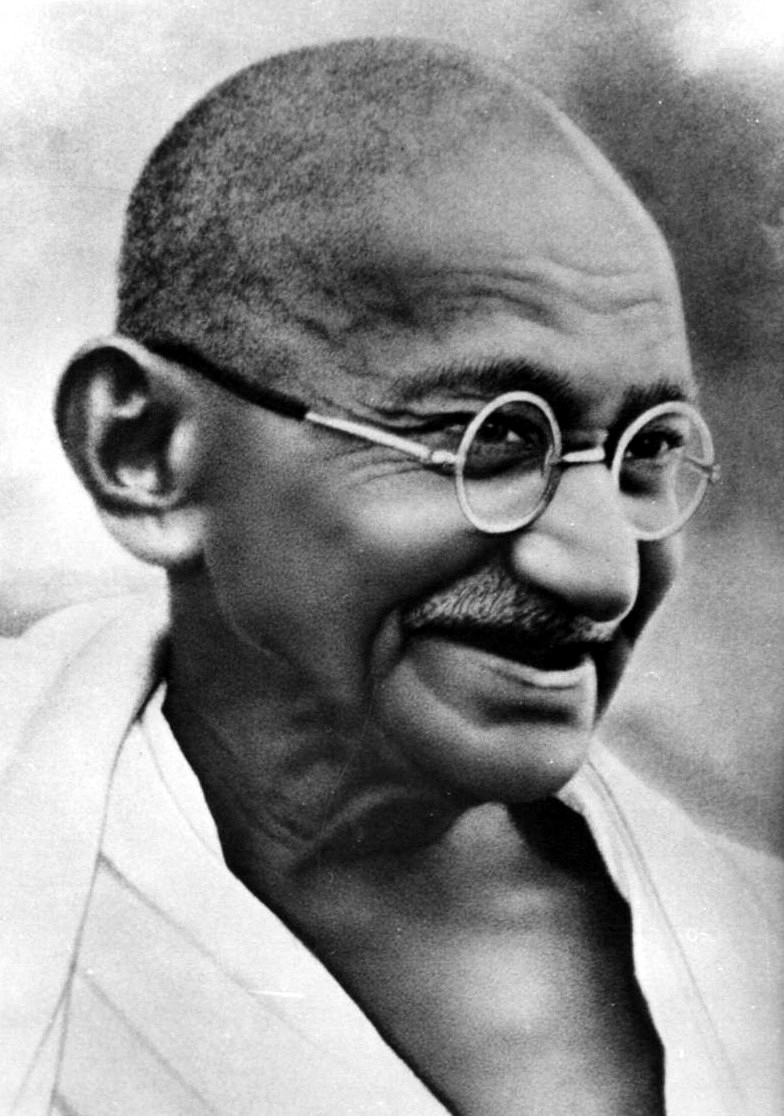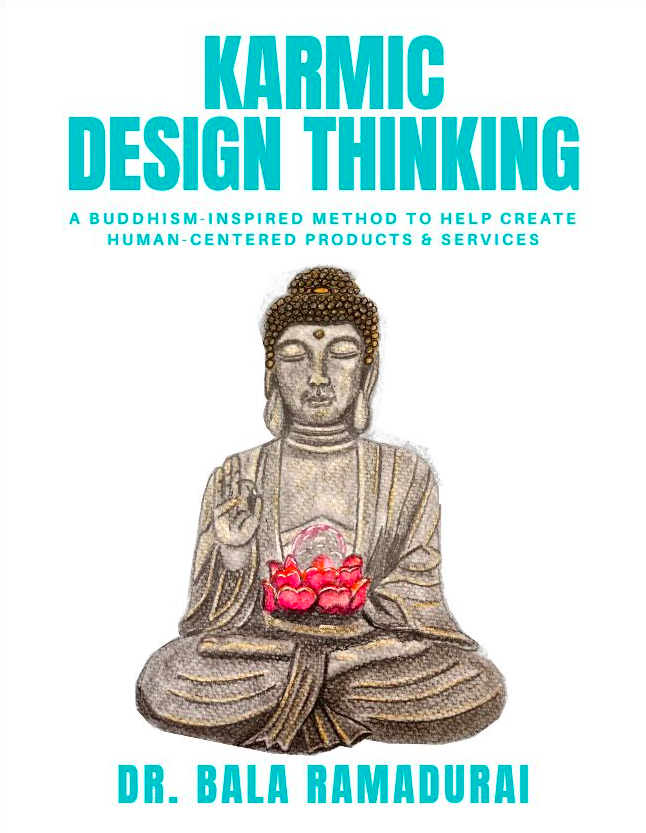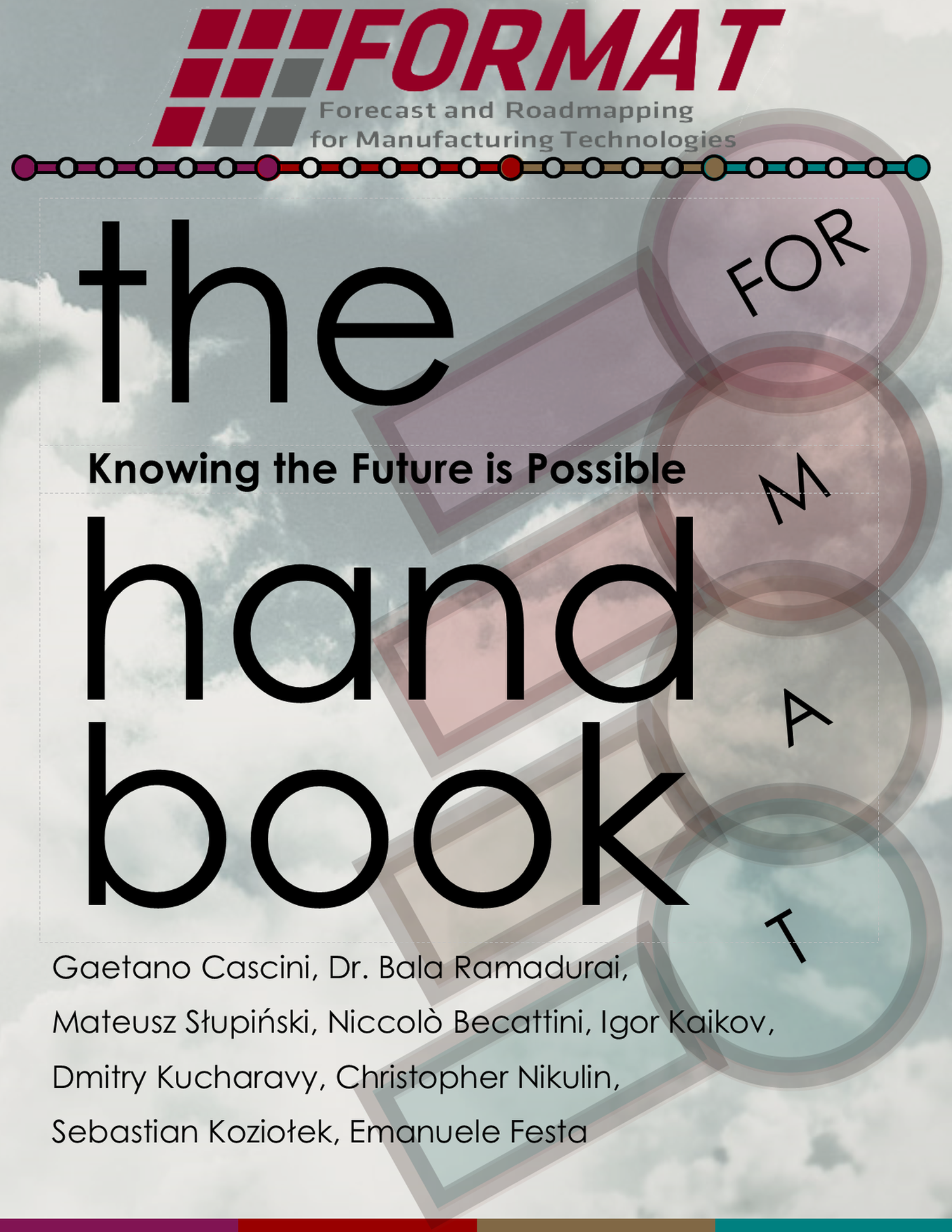2023-10-02
Everyone, Happy Gandhi Jayanti (His birthday today!!!)
If this was year 1921 and if Mahatma Gandhi were to communicate to all us today using Design Thinking parlance, what would he say?
How might we attain independence from the British rule while not physically hurting anyone?

If you wonder what is this “How Might We” at the start of the question, this was exactly what I heard in one of my recent workshops at Hero Motorcorp Centre for Innovation, Jaipur.
One of the participants asked me about the purpose of How-Might-We (HMW) questions.
That was an easy question - I consider that as a “brain-hack”. Our brain seems to be more comfortable answering questions than confronting problem statements head-on.
Let’s take an example. I have a lot of stuff on my table right now as type this blog post.
| Problem statement | How Might We |
|---|---|
| There is a lot of unorganized stuff on my table | How might we get rid of unorganized stuff on my table? |
The problem statement version either lets me just accept the situation and live with it or get overwhelmed by the situation.
Since design thinking is a very action oriented methodology, the second version, that is using the how-might-we question poises/biases me towards action to do something about the situation.
Also, we are trained very well to answer questions since our kindergarten days, hence this question can get some good answers.
Let’s try answering the HMW question above.
- Idea 1
- Gather all of the stuff on the table and throw it into the garbage can
- Idea 2
- Train yourself to ignore that stuff and also tell people around you to ignore the ugly stuff
See what I mean? It really works.
I gave the participant all these answers. He was happy.
However, he looked at the entire Karmic Design Thinking workflow as illustrated in my book and uttered another question that took me a while to respond.

There are 3 places where the HMW questions have to be framed
Why are there three steps in the methodology where you have to frame How-Might-We questions?
My reasoning - The HMWs represent the “current state” of my understanding of the problem. From the first to the second set of HMWs, we have moved from learning about the state of the problem being “just” a customer problem to an analyzed problem statement.
However, what I learnt from this person was that from a practitioner point of view -
we are overusing the HMWs and it could actually be trimmed to just one.
Awesome! So, the current methodology looks like this:

Isn’t this more elegant now? 😁
In this form, the HMWs are a summation of what we have learnt from not only the customer, but also as a result of our own analysis.
We will try this out in our latest version of the course with IITM BS degree data science students. I will revisit this at the end of the course to see if it was useful for them or not.






